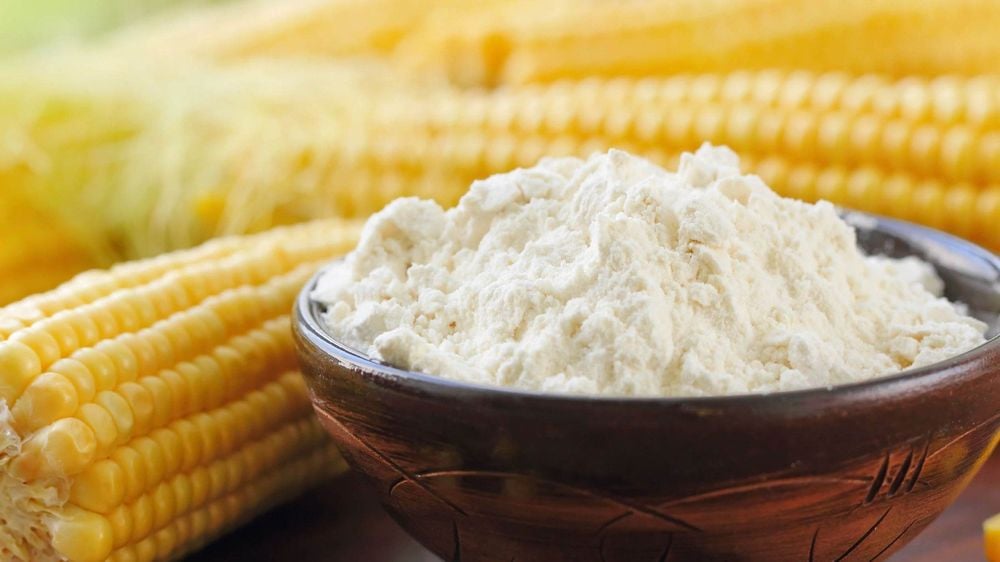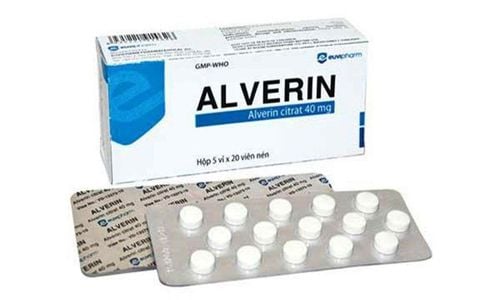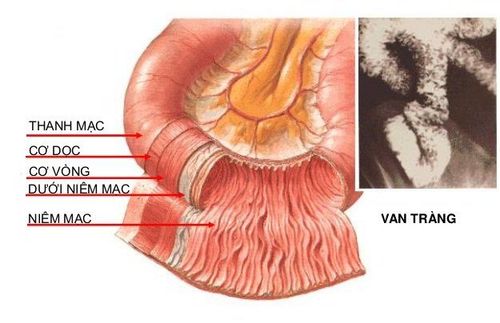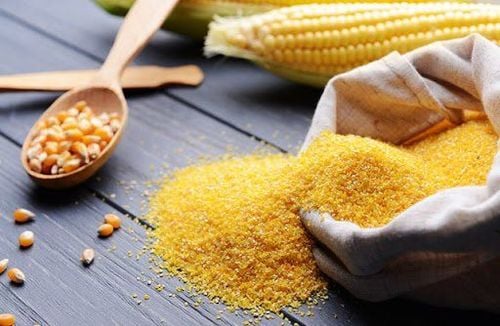This is an automatically translated article.
Cornstarch is a product that many people with gluten intolerance prefer, because it is a gluten-free product. However, improper manufacturing can give gluten from other foods a chance to get into the cornstarch.
1. Does cornstarch contain gluten?
Cornstarch is a product made from the endosperm of corn, having a smooth white color. The endosperm is the nutrient-rich tissue inside the corn kernel.
Corn is a gluten-free food. In the process of making corn into cornstarch, there are no steps where gluten-containing ingredients are needed. Therefore, cornstarch made from whole cornmeal is completely gluten-free.
However, cornstarch may also contain gluten because it is produced with gluten-containing foods on the same line as wheat flour. That could be the reason cornstarch contains gluten.
2. How to be sure cornstarch is gluten-free?
The best way to know if cornstarch contains gluten is to check the gluten-free product label. To be certified, the product tested must have less than 20ppm of gluten. This is a very small amount that is unlikely to cause symptoms in people with gluten intolerance.

Bột bắp có màu trắng mịn và chứa nhiều chất dinh dưỡng bên trong
To be marked gluten-free, the product needs to go through another step, independent testing by a third party like NSF International. The gluten-free label for the gluten-intolerant group is the ultimate certification, where the gluten content of the product must be less than 10ppm.
Alternatively, you can do a quick check by looking at the ingredient list. If cornstarch is gluten-free, it contains only corn or cornstarch.
3. Cornstarch substitutes
In addition to cornstarch, you can also look for gluten-free products or diets in foods such as:
Rice flour : Made from finely ground rice, rice flour replaces cornstarch in a ratio of 3:1 Flour galangal : Derived from arrowroot, this powder replaces cornstarch in a ratio of 2:1. The dough becomes clumps easily, so it is important to beat the dough thoroughly. Potato flour: Can replace cornstarch in a 1:1 ratio but should be added at the end of the cooking process to ensure thickness. Tapioca Starch: Extracted from the tapioca root, tapioca starch replaces cornstarch in a ratio of 2:1. Flaxseed Gel: Mix 1 tablespoon flaxseed with 4 tablespoons (60ml) of water to form a gel. This mix replaces 2 tablespoons of cornstarch. Xanthan gum: Xanthan gum is made by fermenting sugar with certain bacteria. For long-term use, you should start with a small amount of 1/4 teaspoon and more as needed. Guar gum: Like xanthan, guar gum is made from guar seeds so it should be used in very small amounts.

Có nhiều loại bột khác có thể thay thế bột bắp
Like cornstarch, to be sure there is gluten in the food or not, you should check the certification stamp.
If you have a need for consultation and examination at the Hospitals of the National Health System, please book an appointment on the website for service.
References: verywellfit.com, healthline.com
Please dial HOTLINE for more information or register for an appointment HERE. Download MyVinmec app to make appointments faster and to manage your bookings easily.













